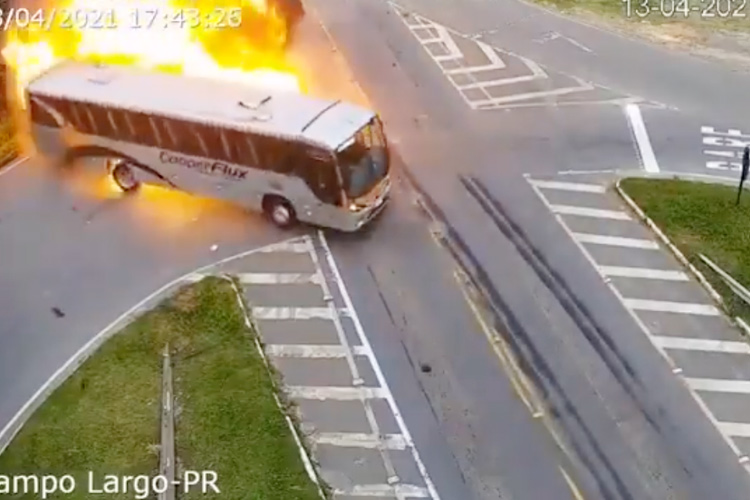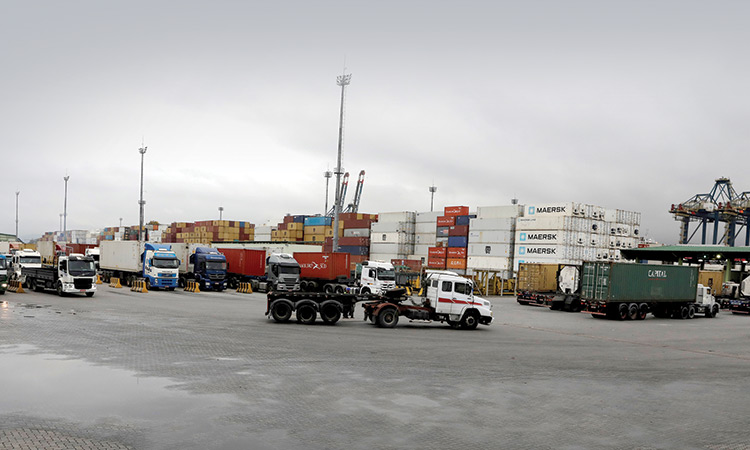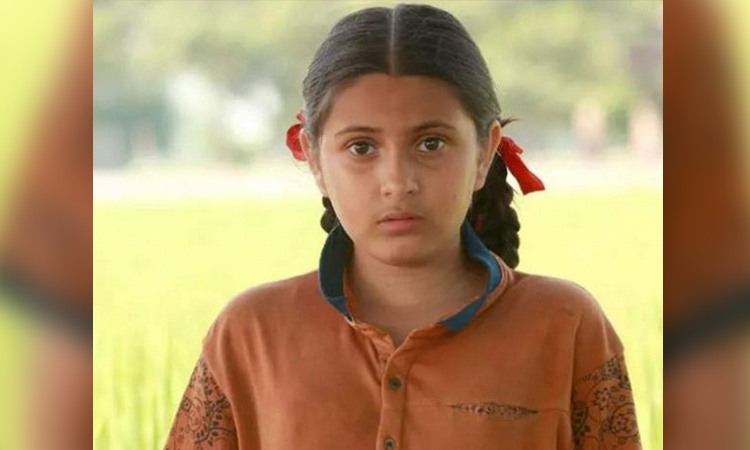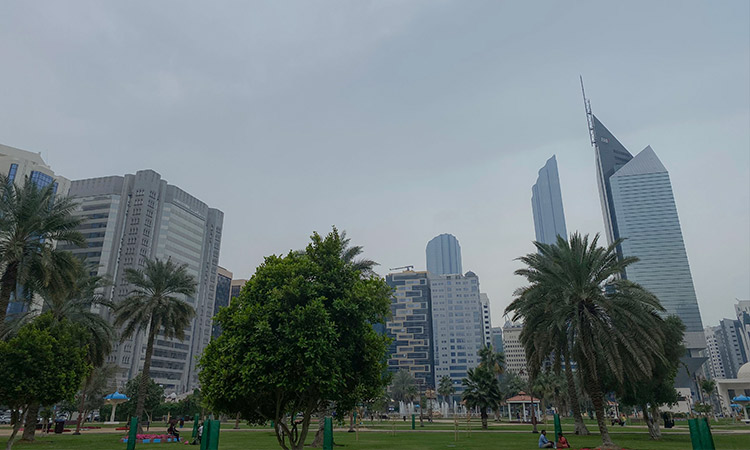‘World’s loneliest man,’ last of his tribe, passes away
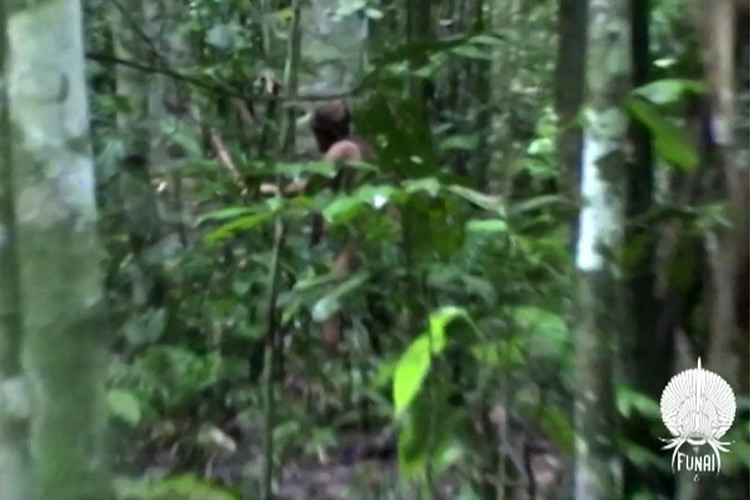
A videograb shows a tribesman in a loincloth, believed to be the last known survivor of an isolated Amazonian community in Brazil, as he cuts down trees in the forest with an axe. File/ AFP/FUNAI
The last member of an Amazon tribe uncontacted by civilisation has died. He lived alone for more than 25 years on a 30-square-mile patch of protected land and was known to observers as the “Man of the Hole” for his practice of digging deep pits to hunt animals or hide in.
Little is known about his tribe besides that it was left counting down to extinction after attacks by local farmers from the 1970s left a sole surviving member, one who rejected contact with outsiders.
Officials from Brazil’s indigenous protection agency, Funai, began tracking his movements on the Tanaru Indigenous Land from 1996.
They found him dead in a hammock in one of his huts last Tuesday.
He was estimated to be between 55 and 65 years old.
The officials believe he died of natural causes. They found no traces of other people at the site, nor signs of violence or struggle.
The man’s hut was in order with utensils and objects used by indigenous people in their usual places, officials said.
Hut no 53, as listed by Funai, was built the same as all the others: a thatch structure with a single entrance and exit and a 2m-deep hole inside.
Funai said the man’s body was taken more than 1,000 miles from the Tanaru reservation in Rondonia state to Brasilia for forensic testing. The agency did not say whether the body would be returned.
Campaigners for the protection of indigenous people mourned the Man of the Hole’s death and lashed out at the local cattle ranchers thought to have massacred his tribe to take its land.
When Funai first discovered the unnamed tribe of Tanaru land in the early 1990s, they found the remains of houses that appeared to have been dragged away by tractors.
Monte Reel, a journalist and author who shadowed Funai’s work in the region, wrote in his 2009 book The Last of the Tribe: “The ranchers, as it turned out in later reports, had hired people to shoot the indigenous people and then remove the evidence from the village with tractors, trying to hide their presence from searches by Funai. Those responsible for the massacre were never punished.”
Responding to the Man of the Hole’s death, Fiona Watson, research and advocacy director for Survival International, said: “No outsider knew this man’s name, or even very much about his tribe – and with his death the genocide of his people is complete. For this was indeed a genocide – the deliberate wiping out of an entire people by cattle ranchers hungry for land and wealth.
The Independent
